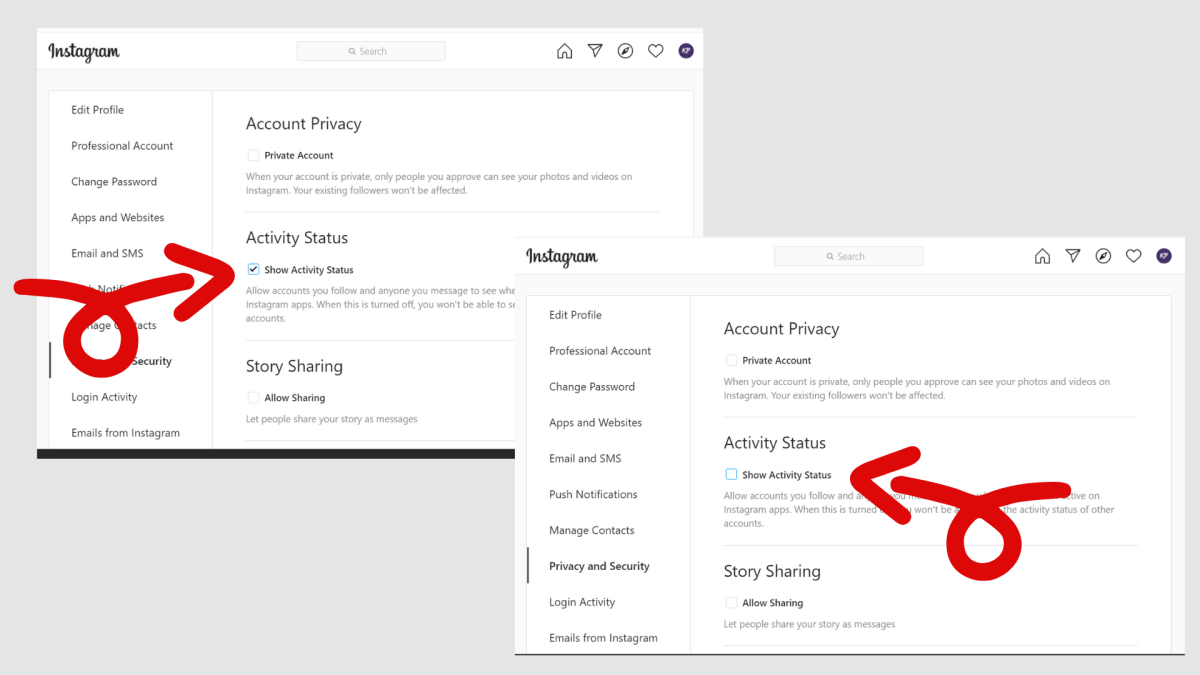

- #Diskkeeper turn off active drivers#
- #Diskkeeper turn off active driver#
- #Diskkeeper turn off active free#
Ok, the Minifilter driver is another discussion. If you have hyper threading turned on, assign all but 2 CPU cores. Basically you create a Resource Group and you assign all but 1 CPU core and 4 GB of RAM to the group and then put all your virtual machines into this Resource Group. We do this for our eDiscovery clients that do data processing and analytics which use all CPU at 100% while running. Now if you don't have the ability to reduce resources, add hosts or purchase VMTurbo then you can do the trick I explained above to reserve CPU and RAM for the ESXi host itself. (Of course we don't let it move our virtual cluster nodes around because that causes a disconnect between nodes which can cause an instance failure depending on setup and which node is moved). I use a product called VMTurbo which does a better job than DRS at shifting VMs around the cluster to guarantee resources and it lets me know when I have too much CPU and RAM allocated to a virtual machine because it's not being used. If you have confirmed that your ESXi host is resource saturated (either CPU it RAM) then you need to add more hosts or reduce resources assigned to existing VMs. 10% is the watermark you should stay under as CPU is considered to be saturated at 10% CPU Ready Time. This can be checked with the EXSTOP program and is displayed as a percentage (%RDY).
#Diskkeeper turn off active free#
This is the amount of time that operations are ready to run on a CPU but have to wait for a free CPU to actually run. As I stated above, if the host is experiencing high resource usage then this can cause the virtual switches to run slow too.įor VMWare, the indicator of CPU overuse is to check the "CPU Ready Time". Think of the virtual switches as a virtual appliance that needs CPU and RAM as well to process the network traffic. We had issues with Diskeeper for years and worked with Condusiv for months to fix the product to stop causing cluster failures due the mini filter driver.įor ESXi, it has to use its hardware resources to run operations just like any OS.
#Diskkeeper turn off active drivers#
You can run the command Fltmc.exe to check mini filter drivers installed. "Another common cause I encounter for Heartbeat failures that seem to be networking is mini-filter drivers being used that delay traffic coming in on the network interfaces like iSCSI. I didnt understand this part, can i check this in my SQL Servers? "If the ESXi host has all CPU or RAM in use then this will affect the vSwitches ability to run network traffic and could cause what you are seeing" this was the reason IT team conveyed and good to know the cause. Yes I mean the disks assigned to SQL Cluster.

We had issues with Diskeeper for years and worked with Condusiv for months to fix the product to stop causing cluster failures due the mini filter driver.

This helps when we are running high CPU applications on the virtual machines.Īnother common cause I encounter for Heartbeat failures that seem to be networking is mini-filter drivers being used that delay traffic coming in on the network interfaces like iSCSI. With ESXi I like to build a resource group for VMs and exclude 1 CPU and 4 GB of RAM and assign all VMS to this group so the host always has CPU/RAM resources.

If the ESXi host has all CPU or RAM in use then this will affect the vSwitches ability to run network traffic and could cause what you are seeing. Can you clarify what storage goes down? The VMWare data store or disks assigned to the SQL cluster if you are using in guest iSCSI?


 0 kommentar(er)
0 kommentar(er)
